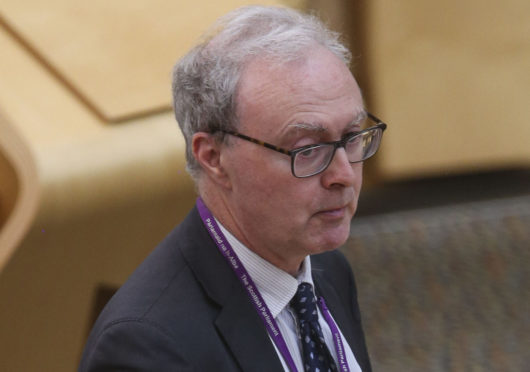
On January 2, 1971, 66 fans died, crushed on a stairway at Ibrox, in the final moments of an Old Firm derby.
The official inquiry, in front of a sheriff and jury, to establish exactly what caused such awful loss of life and what might be done to prevent it happening again, began five weeks later. That was not unusual. Eighteen years before, the inquiry into the Stranraer ferry disaster, when 133 people drowned, started within seven weeks.
After the tragedy of Dunblane in March 1996, Lord Cullen began his inquiry in May and reported in November. After 167 lives were lost on Piper Alpha in July 1988, the same judge began his inquiry in November.
Then, there seemed to be an urgency, a basic humanity and understanding that Scotland deserved answers and any delay in providing those answers would be filled only with speculation and suspicion.
Now? There seems to be no such urgency, no such humanity. Doing the right thing, the decent thing, for Scots suffering the unexpected and unexplained loss of loved ones has apparently been replaced by official lethargy and political calculation.
Glaciers now move faster than the Crown
Are we simply less curious about why lives have been lost in circumstances demanding investigation? Or perhaps the public servants charged with investigating these tragedies and the corporate interests involved in them have simply been allowed to suit themselves for far too long?
The Crown Office, for example, is apparently allowed to plough its own furrow at glacial speed, although, given global warming, glaciers now appear to be moving faster than Lord Advocate James Wolffe and his team.
Minsters could, and clearly should, encourage more urgency but do not, secure in the knowledge that they will almost certainly be promoted, demoted or retired before any inquiry begins, never mind ends.
When 14 elderly residents died in the Rosepark care home in 2004, it took six years for a Fatal Accident Inquiry to start. The Stockline explosion in the same year? Four years for an FAI.
The Clutha? Almost six years. Sheku Bayoh died in police custody five years ago. There is still no date for the start of a promised inquiry and it may not report back for another five years.
Awkwardly for ministers who like to suggest the Scottish Government is the most compassionate administration on these islands, the public inquiry into the Grenfell Tower tragedy in London began less than a year after 72 people died there in June 2017.
Here, meanwhile, an inquiry will begin this week into two flagship hospitals, one, in Glasgow, where the ventilation system is accused of endangering patients, and another, in Edinburgh, which has not yet opened. The terms of the £110,000 public relations contract suggests it could be three years before there are any conclusions.
It is a nonsense, a dereliction of duty by our investigating authorities and an abdication of responsibility by our politicians.
The families who have lost loved ones without explanation deserve much more. So, frankly, does every Scot with a sense of decency.

Enjoy the convenience of having The Sunday Post delivered as a digital ePaper straight to your smartphone, tablet or computer.
Subscribe for only £5.49 a month and enjoy all the benefits of the printed paper as a digital replica.
Subscribe